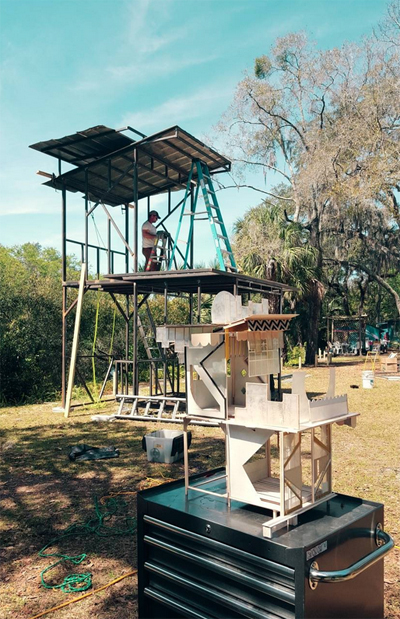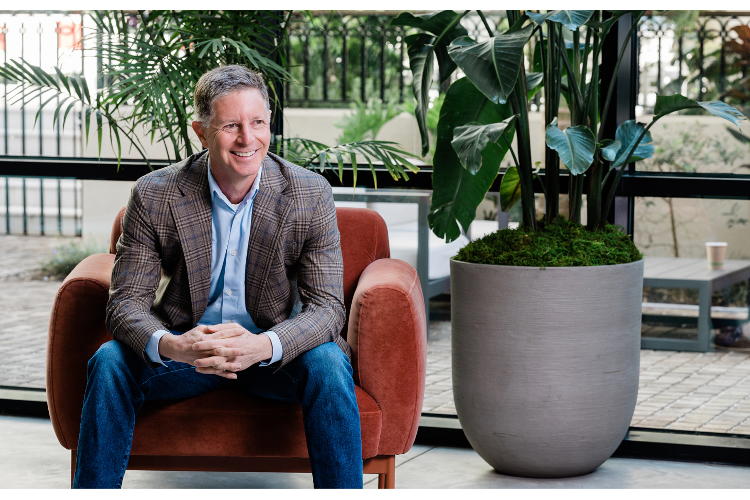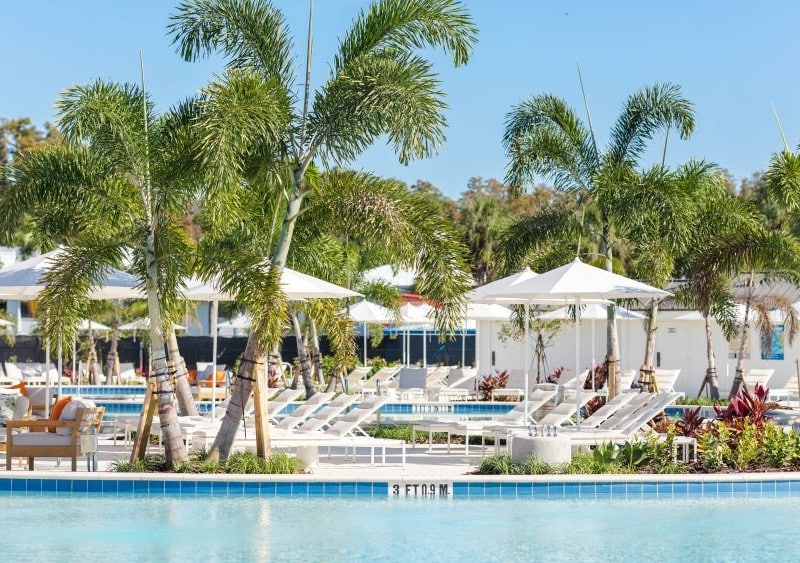The Music Box: Tampa Bay launches in Sulphur Springs neighborhood
“The Music Box: Tampa Bay” is an interactive public artwork and performance space that allows visitors to participate in creating sound and music through a temporary village of musical structures.
A free, experiential and pioneering “musical architecture” project constructed on the grounds of the Community Stepping Stones (CSS) in Sulphur Springs will be open to the public for a month starting March 25, 2016.
“The Music Box: Tampa Bay” is an interactive public artwork and performance space that allows visitors to participate in creating sound and music through a temporary village of musical structures.
“The project is about inspiring and building community,” says Sarah Howard, Curator of Public Art and Social Practice at the The University of South Florida’s Contemporary Art Museum (CAM), who is leading the project. “Anyone can access it: It’s music, it’s architecture, and a there’s a little magical realism that goes along with it.”
The Music Box village is situated on the Mann-Wagon Park along the Hillsborough River and will celebrate not only local artists and musicians, but also the history of Sulphur Springs.
Concerts by local musicians are planned for Friday and Saturday evenings at 7 p.m. Cultural programs will occur on Thursday evenings, including a presentation of storied Sulphur Springs history by Historians Rodney Kite-Powell and Hermann Trappman. The history discussions will cover geographical details to Sulphur Springs’ role through time from serving as a Native American destination for healing waters to becoming a tourist destination to its modern day purpose.
The music village will be open for exploration and play on Thursdays from 10 a.m. to 5 p.m. and on Sundays from noon-6 p.m.
Howard says many layers of collaboration and community engagement are already taking place on the grounds. She notes that neighbors have stopped by out of curiosity and then become volunteers on the project. Other collaborators include more than 20 USF students of architecture, history, music and studio art students and students from the host organization, Community Stepping Stones, a nonprofit organization dedicated to supporting underserved youth through after-school programs in the arts.
“They are getting the value of working with professional artists and seeing a project through from planning to execution to public presentation,” says Howard referring to the students’ participation.
Howard notes that many jobs have been created as well and that the professional artists and musicians involved are paid. She hopes and expects that the events will attract visitors to local businesses and restaurants.
The Tampa installation is modeled after the New Orleans Airlift (NOA) initiative, which sought to restore artist communities after Hurricane Katrina. The NOA has provided guidance and collaboration with local Artists Jan Awai, Devon Brady and Michael Lemieux from Livework Studios and community-based land Artist Tory Tepp in designing and constructing the village. The project was funded by grants and donations from the National Endowment of the Arts, the University of South Florida, the Frank E. Duckwall Foundation and several local organizations.
The Music Box is fun and family-friendly, Howard says, and “gives you the sense of awe and wonder that unites people. That’s the goal.”
All programming is free but tickets are recommended for evening events because space is limited. For more information on scheduling and ticketing, click here.
















